Wrist Support
Secure your wrists for heavy lifts with robust Wrist Wraps from flipkin.com. Essential for preventing hyperextension and maximizing stability during pressing and overhead movements. Browse different lengths and stiffness options below.
-


Weightlifting Wrist Straps – Unisex Nylon Performance Support
$9.99Select options This product has multiple variants. The options may be chosen on the product page -
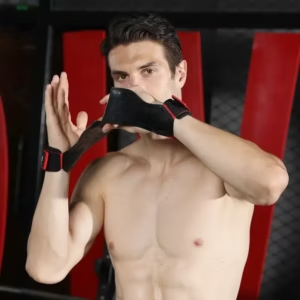
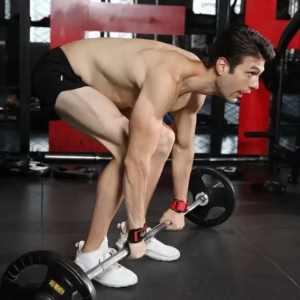
Lifting Wrist Straps – Thick Velcro Adjustable Fitness Support
$15.99Select options This product has multiple variants. The options may be chosen on the product page -
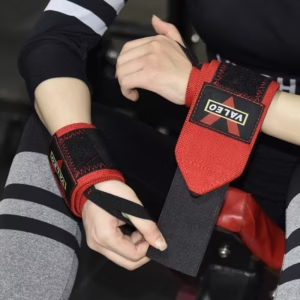
Fitness Wrist Support Straps – Ergonomic Unisex Joint Stabilizer
$11.99Select options This product has multiple variants. The options may be chosen on the product page -
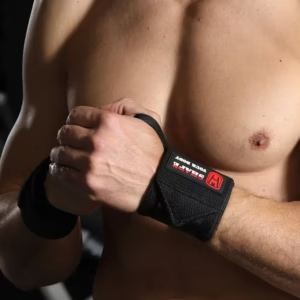
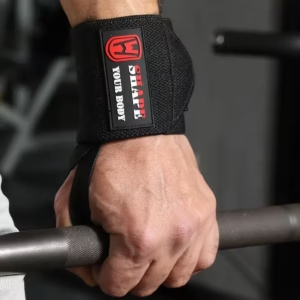
Lifting Wrist Straps – Premium Support Unisex Training Accessory
$9.99Select options This product has multiple variants. The options may be chosen on the product page -
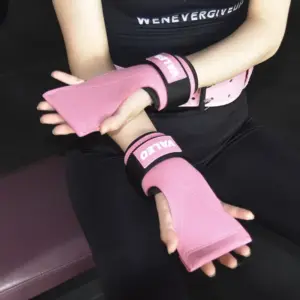
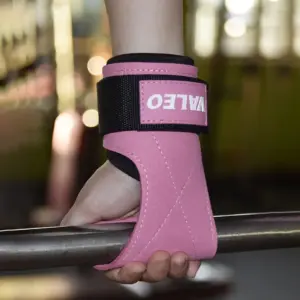
Lifting Wrist Straps – Thick Foam Comfort, Adjustable Support
$15.99Select options This product has multiple variants. The options may be chosen on the product page -
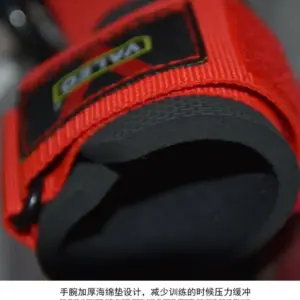
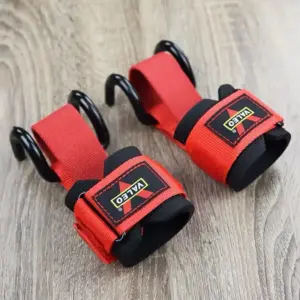
2-in-1 Weightlifting Hooks & Wrist Straps – Black/Red Support
$18.99Select options This product has multiple variants. The options may be chosen on the product page -
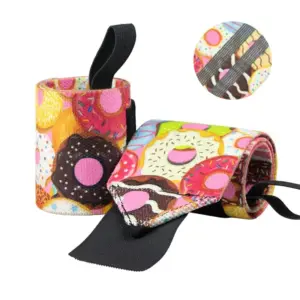
Premium Lifting Wrist Straps – Ergonomic Stability Support
$10.99Select options This product has multiple variants. The options may be chosen on the product page -
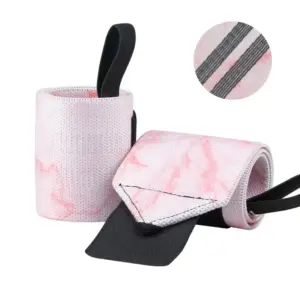
Unisex Performance Training Sneakers – Lightweight Nylon Comfort
$10.99Select options This product has multiple variants. The options may be chosen on the product page -
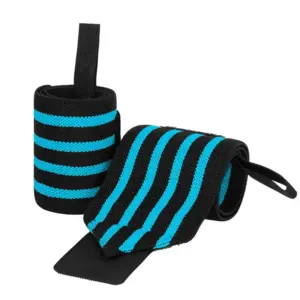
Premium Lifting Wrist Straps – Ergonomic Stability Support
$8.99Select options This product has multiple variants. The options may be chosen on the product page -
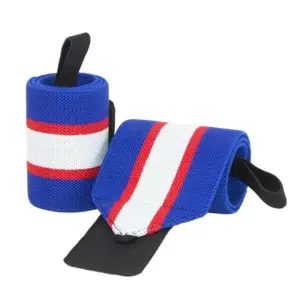
Pro Lifting Wrist Straps – Ergonomic Stability Support
$8.99Select options This product has multiple variants. The options may be chosen on the product page -
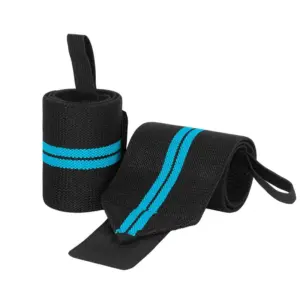
Premium Lifting Wrist Straps – Ergonomic Support & Stability
$8.99Select options This product has multiple variants. The options may be chosen on the product page -

Premium Lifting Wrist Straps – Ergonomic Support & Enhanced Grip
$8.99Select options This product has multiple variants. The options may be chosen on the product page